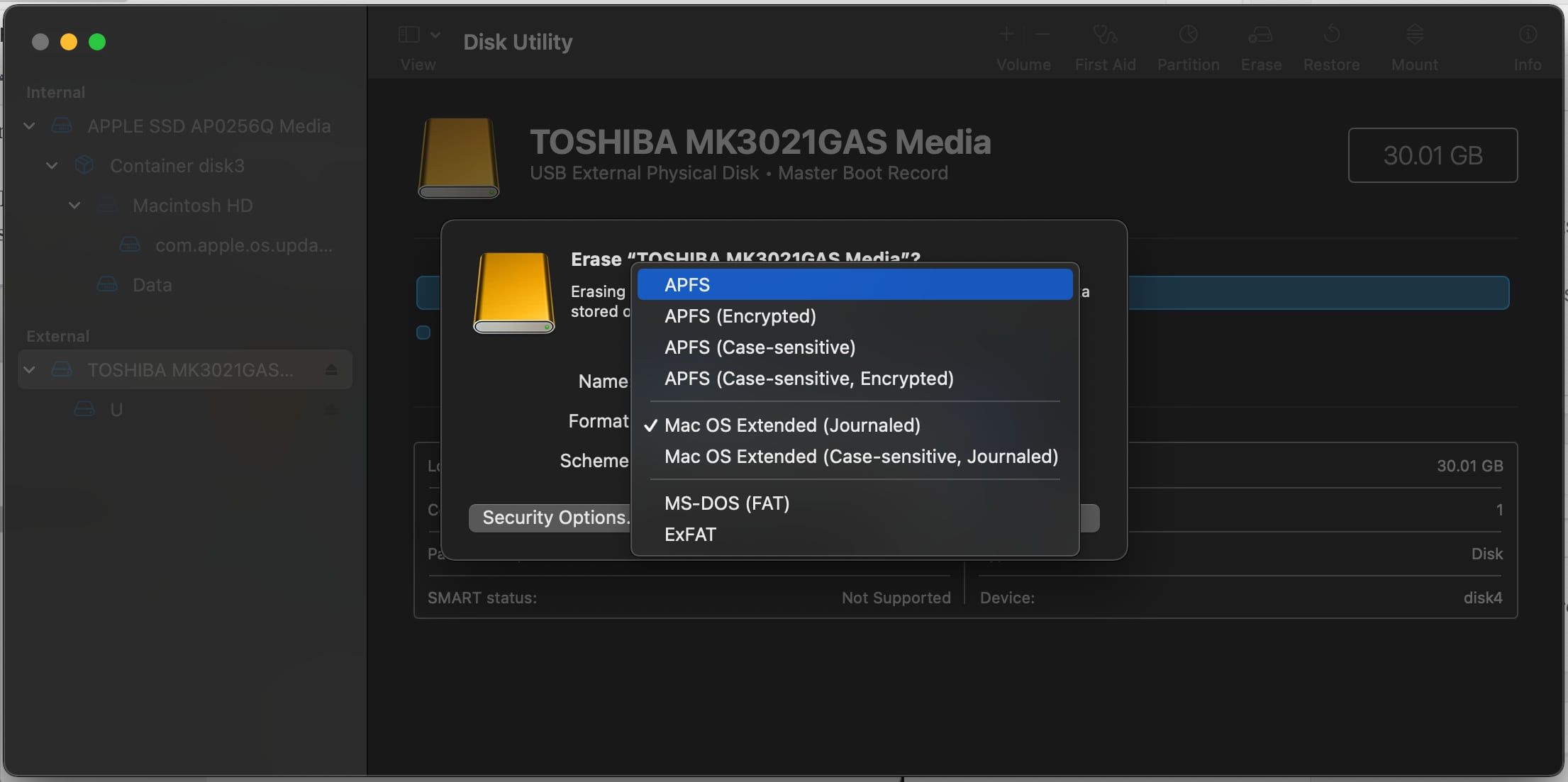

- #WHAT FORMAT EXTERNAL HARD DRIVE MAC HOW TO#
- #WHAT FORMAT EXTERNAL HARD DRIVE MAC FOR MAC#
- #WHAT FORMAT EXTERNAL HARD DRIVE MAC INSTALL#
- #WHAT FORMAT EXTERNAL HARD DRIVE MAC PROFESSIONAL#
- #WHAT FORMAT EXTERNAL HARD DRIVE MAC MAC#
#WHAT FORMAT EXTERNAL HARD DRIVE MAC PROFESSIONAL#
You can find it in Applications ➙ Utilities.īefore partitioning your hard drive, note that any data from your active hard drive will be erased, so it’s critical to create a backup first by using a tool such as Disk Drill or Get Backup Pro.ĭisk Drill is a professional tool for working with your hard drive.
#WHAT FORMAT EXTERNAL HARD DRIVE MAC MAC#
However, if you’d like to partition for any other reason, use Disk Utility instead.ĭisk Utility is just another default utility on your Mac used specifically for hard drive partitioning.
#WHAT FORMAT EXTERNAL HARD DRIVE MAC INSTALL#
Once a partition is created, it can’t be adjusted later, so choose the amount of space wisely.īoot Camp Assistant makes it very easy to install Windows on Mac.
#WHAT FORMAT EXTERNAL HARD DRIVE MAC HOW TO#
Here’s how to install Windows with Boot Camp Assistant on your Intel Mac: If you really need Windows, you can either get an Intel-based Mac or use virtualization software. Note: Boot Camp Assistant is not available on M1 Macs as of 2021. For everything else use Disk Utility to either create a partition or a new volume. If you want to install Windows on your Mac, make sure to use Boot Camp Assistant. Next, there are two main utilities on Mac that you can use to create a partition: Boot Camp Assistant and Disk Utility.

Alternatively, you can look into expanding your hard drive (if possible) or partitioning on an external hard drive, which we’ll discuss below.īefore you partition hard drives, it’s highly recommended to make sure that you don’t have any junk or unneeded files on your Mac, so you have a clear picture of how much space is actually being used for the files you need. In case you find yourself running out of space often, partitioning is not recommended. Volumes are also much easier to remove, when you’re done testing the beta, for example. This is especially valuable since you need a lot of space for installing a new operating system - and that space won’t really be used later on. So you’ll likely be left with either more or less space than needed.Īn APFS volume, on the other hand, is flexible and can increase and decrease in size as required. When you create a partition, you assign it a certain amount of storage from your hard drive, which is very difficult to change later. The difference is that volumes can be created within the same partition and are much easier to manage.

On Catalina and later (with APFS file system), Apple recommends you to create separate volumes instead. On all macOS versions before Catalina (running HFS+ file system), you have to partition your hard drive. The first thing to know about how to partition Mac hard drive is that there are now actually two different options available to you. Let’s explore what it takes to partition hard drives on your Mac, how to partition external hard drives, how to format a hard drive for Mac, and a few extra partitioning tips and tricks. In fact, all the recent Macs already come with partitioned hard drives, since they contain a secret boot drive with the macOS Recovery System and a few other essential utilities that help you fix your Mac when there’s a critical problem. Effectively, partitioning gives you two computers in one. Partitioning is basically a way to divide your hard drive into separate containers that don’t really interact with each other and can coexist without any interference. So you could have a beta version of a new macOS running alongside your stable one, or even a completely different operating system like Windows. The most common reason for trying to partition Mac hardrive has always been the ability to install two operating systems on the same computer at once.
#WHAT FORMAT EXTERNAL HARD DRIVE MAC FOR MAC#


 0 kommentar(er)
0 kommentar(er)
